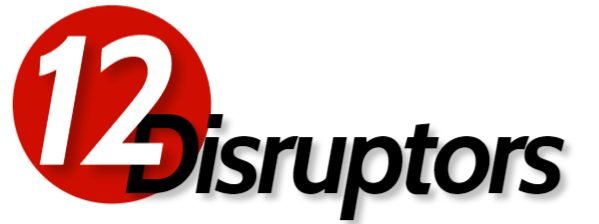Economists disagree on the signs of an upcoming recession. It is probably safe to say that any one sign would not provide enough evidence that a future recession is about to occur. However, if several indicators are negative then there is more reason for concern.
We have created a list of observable economic variables that are considered by most researchers as potential warning signs of a future recession.
1. Real GDP Growth Rate Slowing Down
The real gross domestic product (GDP) is considered as the broadest measure of economic activity, and it’s the inflation adjusted value of all goods and services produced within a country in a given year. The main indicator derived from this number is called “Gross Domestic Product Growth Rate”, which is the percentage change in GDP from one year to the next. An economy expanding at a rate of 3% or more is generally considered healthy. Slower than that could point toward weakness in the future.
2. Unemployment / Underemployment Rises
We consider “unemployment” as the percentage of people who are available for work, but cannot find it (made up statistic). The alternate definition would be “underemployment”. According to Peter DeCaprio this happens when people who want full-time jobs only have the option of taking part-time positions, and they’re counted in this number too. These numbers should also be watched even while overall employment figures improve because there may still be trouble ahead while businesses are still hiring part-time workers.
3. Personal Consumption Expenditure Slowing Down
Personal consumption expenditure is the total value of what American consumers buy in a year. This number has an effect on almost all other economic indicators and should be watched carefully when predicting possible recessions in the future. A drop in the amount spent due to reduced consumer confidence could potentially lead to big problems, especially if there’s no fall in income that would justify it.
4. Housing Starts Decline Rapidly
Home building is considered an indicator of consumer confidence, so any slowdown here might be bad news for employment rates and retail sales (as people spend less). Furthermore, when builders believe that they will not have enough buyers for their products in the near future, they usually cut back on production.
5. The Manufacturing Sector Starts Growing Slowly
The US Manufacturing industry represents about 10% of the country’s GDP, and is believed to be a good leading indicator of future economic activity. When consumer spending goes down, businesses start looking for alternatives to produce the same goods they were producing before. As this process starts happening, it’s likely that other industries will feel its effects as well (such as construction). If growth slows down in this sector then there may be cause for concern.
6. Interest Rate Increases
As inflation rises companies have an incentive to borrow more money so they can pay off debts made at lower interest rates with cheaper dollars. However, when their profits start falling because of increased competition, borrowing more money will lead to an increase in costs – negatively affecting their bottom line. If they have little money to borrow, interest rates should remain unchanged because borrowing would affect their profits even more. However, there’s a limit to how high a company can afford its interest payments before taking bankruptcy as a possible solution. So if interest rates start going up, it’s probably due to the fact that business investment is getting tougher and tougher.
7. Inflation Accelerates
Inflation itself isn’t necessarily an indicator of recession or lack of growth. It only becomes a problem when businesses start raising prices quickly enough that regular people can no longer afford them (or wages don’t go up fast enough). For example, inflation went from only 1% per year in 2015 to 2.1% in 2016, but this was mainly due to oil prices climbing back up after a slump that affected economies all over the world for most of 2015-2016. Because prices are expected to continue rising throughout 2017, it’s highly probable that inflation will rise even more at least until early 2018
8. US Dollar Falls Rapidly
The strength of the American economy is usually measured with US Dollar being used as a reference point. When one country’s currency is stronger than another’s, then people prefer trading with their own currency rather than the other nations. This means that if they’re losing money in the process or they can’t afford buying anything worthwhile then they’ll stop doing it – both countries economy in the end suffer. Another effect is that when a country’s currency is stronger than the others, then that means it takes more of its currency to buy one unit of another country’s currency. If this number gets too high then there are fewer reasons for businesses to trade with that other country.
Conclusion by Peter DeCaprio:
There’s a variety of reasons why the United States economy could potentially go into recession in 2017. However, it’s important to remember that this isn’t set in stone just yet. While most of these indicators have been accurate predictors of past recessions, some haven’t – and others have had little impact on the market as a whole.

